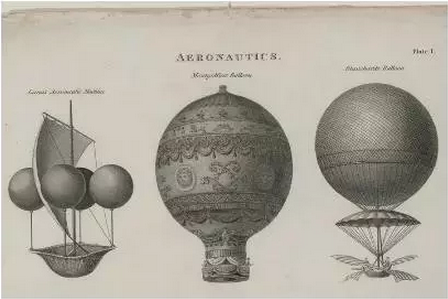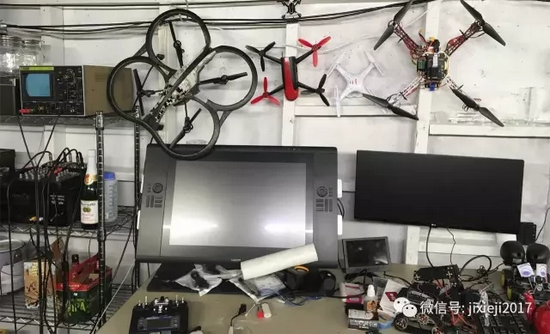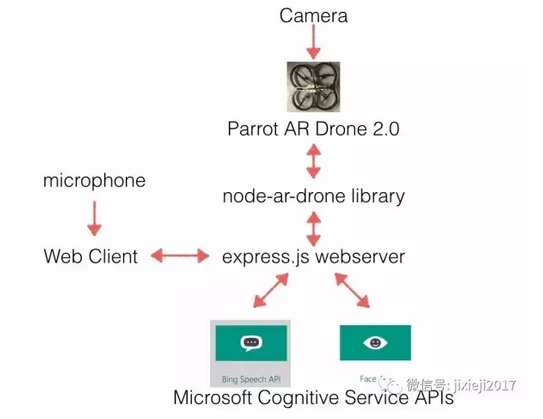The writer is Lukas Biewald, founder of CrowdFlower, and Lukas was named an outstanding entrepreneur under the age of 30 by Inc. magazine. Founded in 2009, CrowdFlower is a big data platform for on-demand labor, helping companies collect training data and conduct human-computer interaction machine learning.
Lukas Biewald graduated from Stanford University with a bachelor's degree in mathematics and a master's degree in computer science. Lukas served as the head of the Yahoo Japan search team and later worked as a senior data scientist at Powerset, which was acquired by Microsoft in 2008.
Deep learning and exploration of cheap hardware

Early Aircraft, 1818 (Source: Wikipedia & US Congress Database)
After making an image recognition robot , the next step is obviously to make a flightable version. So I decided to build an automated drone that could perform facial recognition and respond to voice commands.
Choose a prefabricated drone
The hardest part of programming a drone is how to get started, I started with assembling drone parts. But almost as with all previous DIY projects, it took me a lot of money to assemble my own drone. And frankly, the hand-built drones have not flown steadily. To be sure, buying a pre-made version directly is a simpler and more economical option.
Most drone manufacturers claim to provide an API interface, but there is no obvious advantage for amateurs. UAVs with API interfaces that appear to be available on the market, mostly sold for more than $1,000, are a high entry barrier.
After some investigation, I found Parrot AR Drone 2.0 (see below). I think this is an ideal machine for amateurs. It's not expensive and can be programmed. You can choose to buy a new machine for $200, but since many people buy drones and never use them, buying a used machine is also a good choice. The price of a used drone on eBay is about $130 or less.

â–³ I collect all kinds of drones, Parrot AR Drone drone hanging on the far left
The stability of the Parrot AR drone is not as expensive as the new Parrot Bebop 2.0 (approximately $550), but Parrot AR provides a convenient node.js client library called node-ar-drone, which is ideal for Developed above.
Another advantage: the Parrot AR drone is very strong. In the process of testing the automation program, he was able to fly well, whether it was hit on the wall, on the furniture, on the indoor plants and on the guests.
The worst thing about programming a drone is that it has a short battery life compared to programming a ground robot. A battery needs to be charged for a few hours to fly for about 10 minutes. Therefore, I recommend buying two spare batteries and recycling them when testing.
Programming my drone
Due to the inherent driveability of Javascript, it is an ideal UAV programming language. Believe me, there are many asynchronous events in the drone flight. Although I didn't spend a lot of time on Node, this language impressed me. The last time I seriously used the C language for robot programming. Handling threads and various exceptions in C is painful, so it's best to use them sparingly. I hope someone will build a Javascript development kit for other drone platforms, because this language makes it easy for us to deal with uncertain development events.
Architecture
I decided to run the logic on my laptop and machine learning in the cloud. This architecture has a lower latency than running a neural network directly on the Raspberry Pi hardware. I think this architecture is feasible for current amateur drone development projects.
Microsoft, Google, IBM, and Amazon all have fast, inexpensive cloud machine learning APIs. In the end, I chose the Microsoft Cognitive Service API. Because this is the only API that provides custom facial recognition.

â–³ architecture of the drone
 Â
SHENZHEN CHONDEKUAI TECHNOLOGY CO.LTD , https://www.szfourinone.com